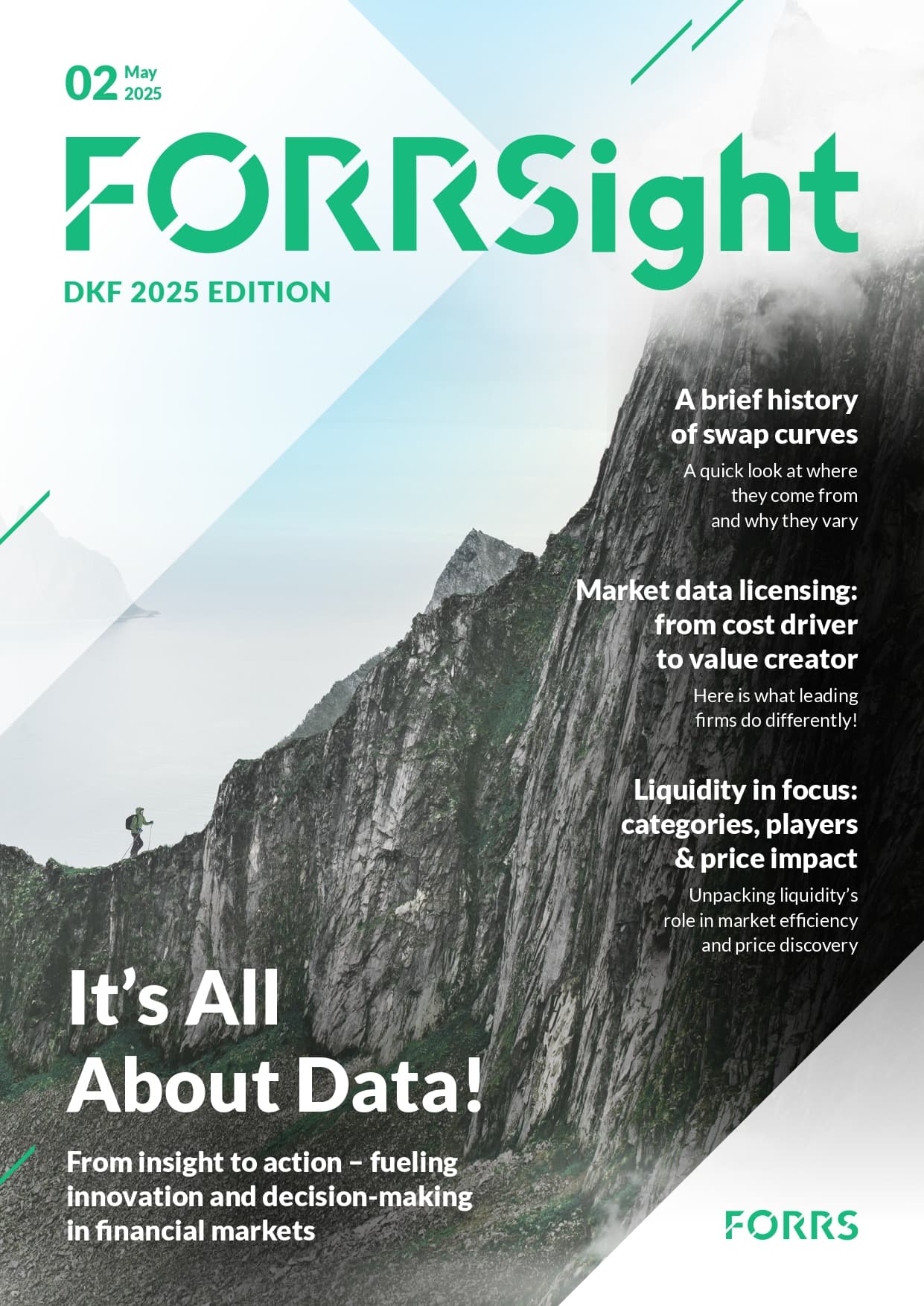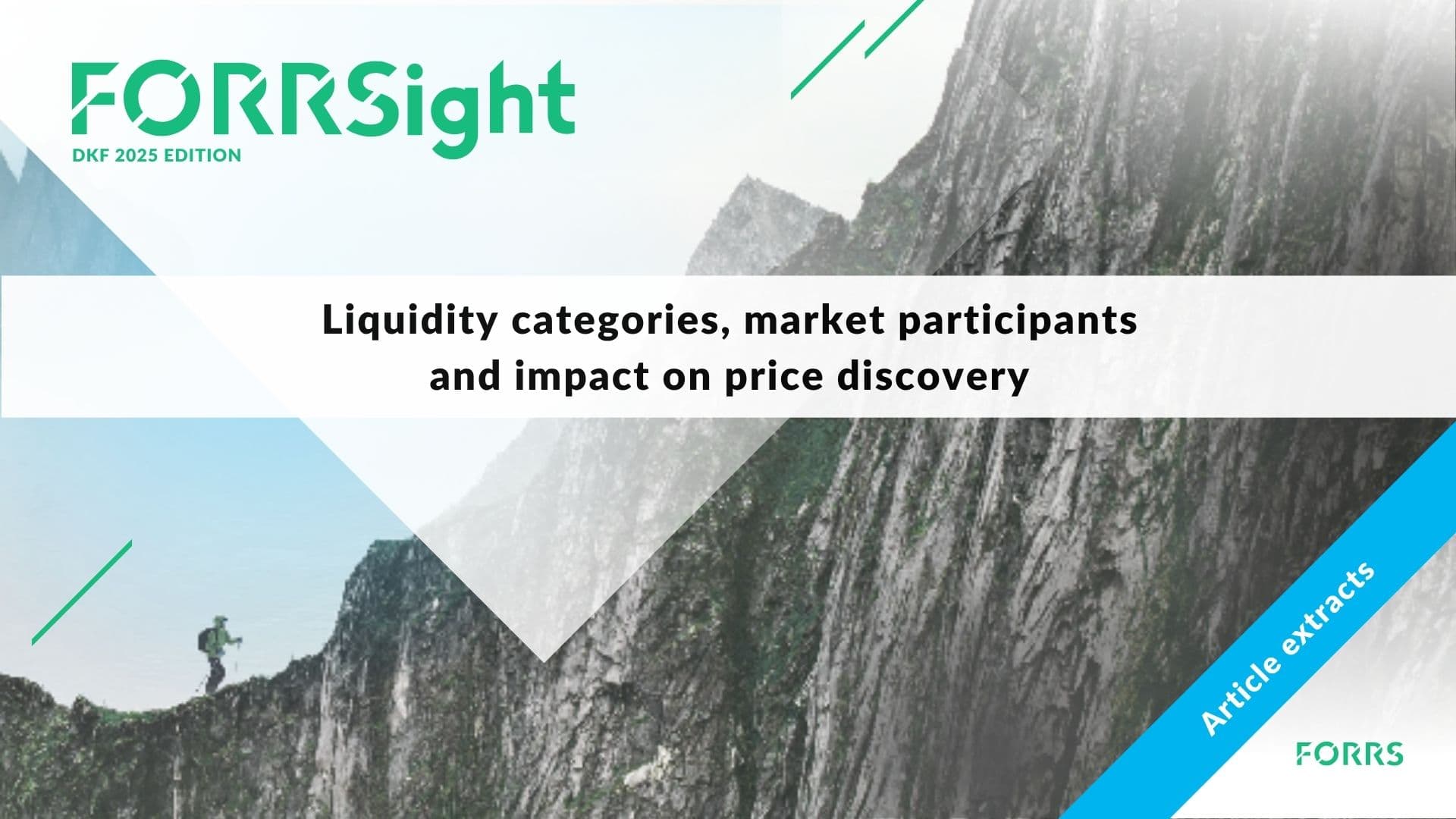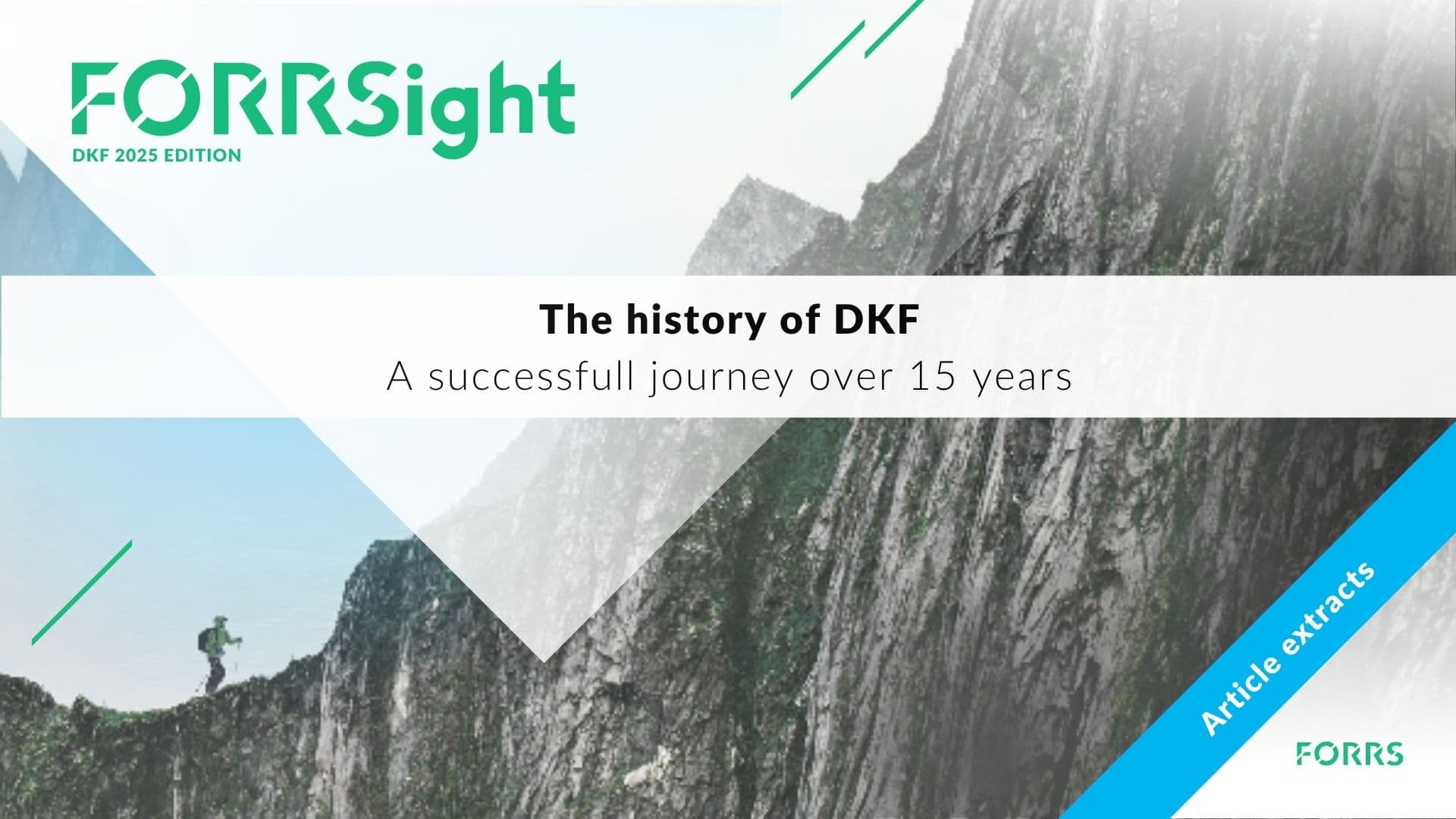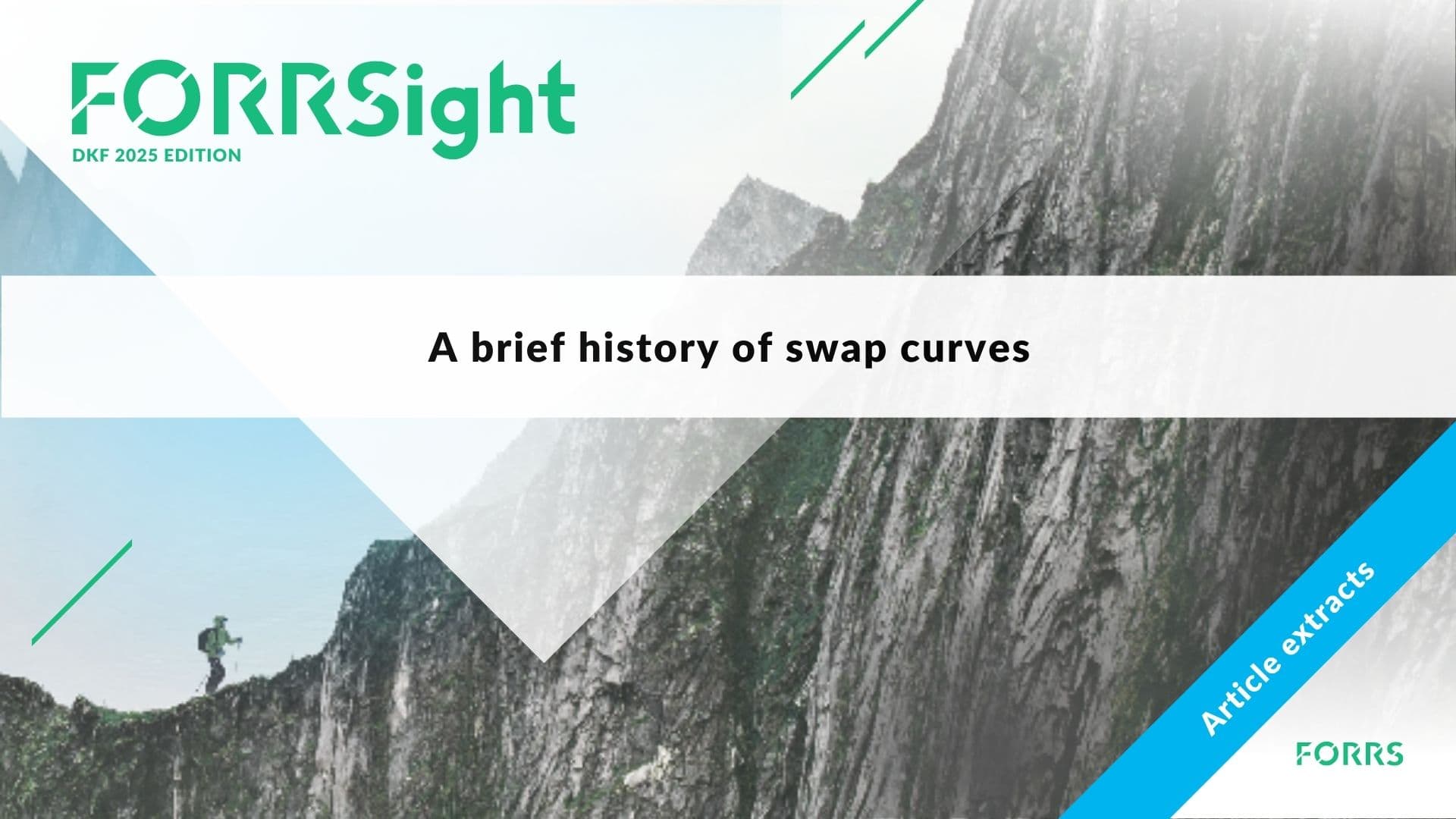07.07.2025 / 08:30
Rethinking ETRM Landscapes to Master the Challenges of Tomorrow
Energy Markets
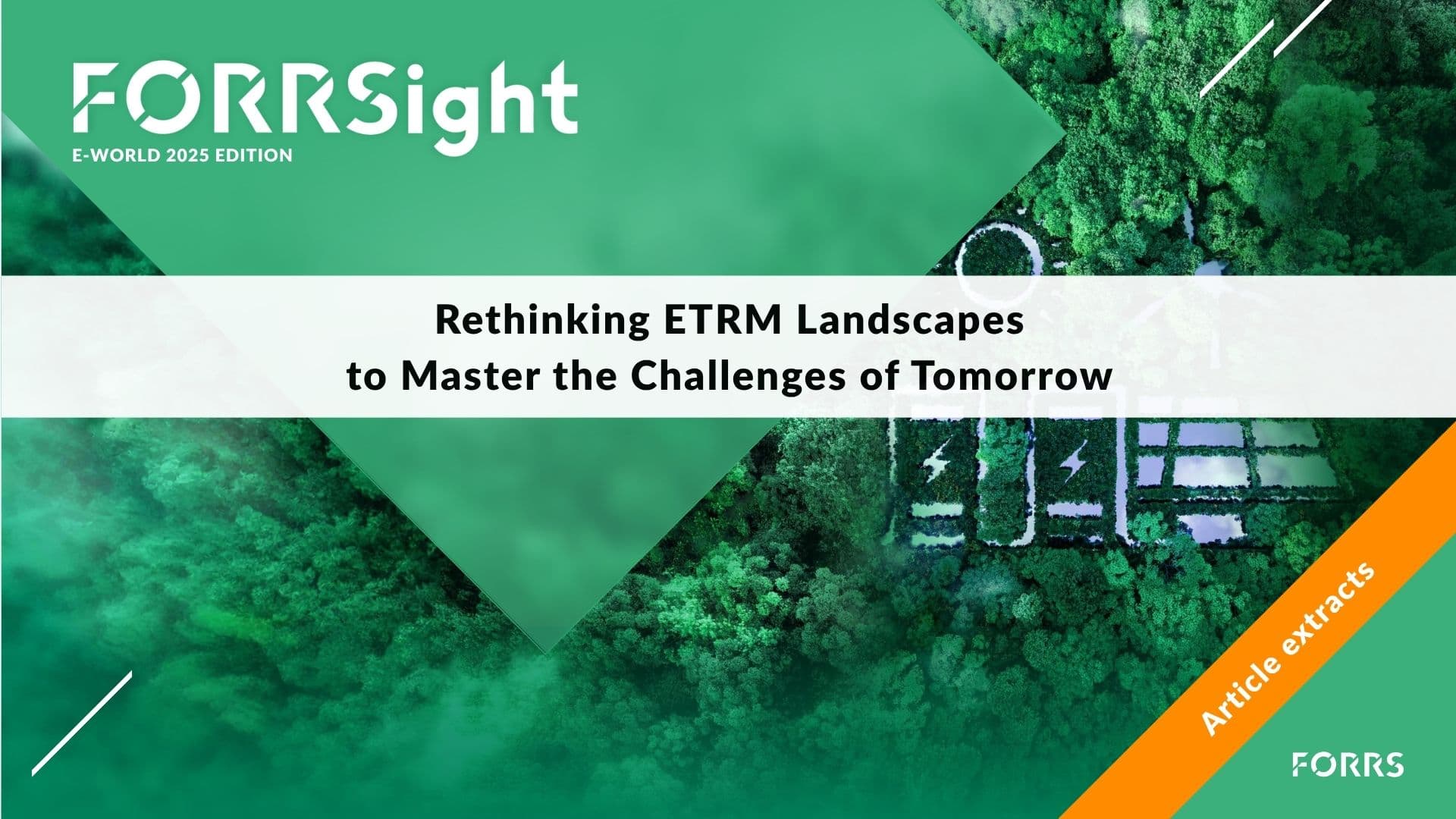
The rapidly evolving energy and commodity industry requires organizations to reevaluate their Energy Trading and Risk Management (ETRM) strategy. Here are some essential success factors and effective approaches for handling related architectural questions, ETRM system selections, and implementations.
Rethinking ETRM landscapes
The current energy and commodity trading industry is strongly characterized by continuous change, with incredibly fast-paced dynamics in its technological surroundings. These circumstances have led to a widespread need to fundamentally rethink trading landscapes. Among all systems of a trading landscape, the ETRM clearly stands out as the most central system of all. Today, most organizations, from global players to regional energy suppliers, are reconsidering their ETRM strategy to ensure their long-term competitiveness and to improve of cost-effectiveness, time-to-market, and efficiency.
Unfortunately, the right course of action for energy and commodity organizations is not easy to determine. The market of ETRM systems and vendors is diverse, and offers many options for any setting along the dimensions of capability coverage and required flexibility.
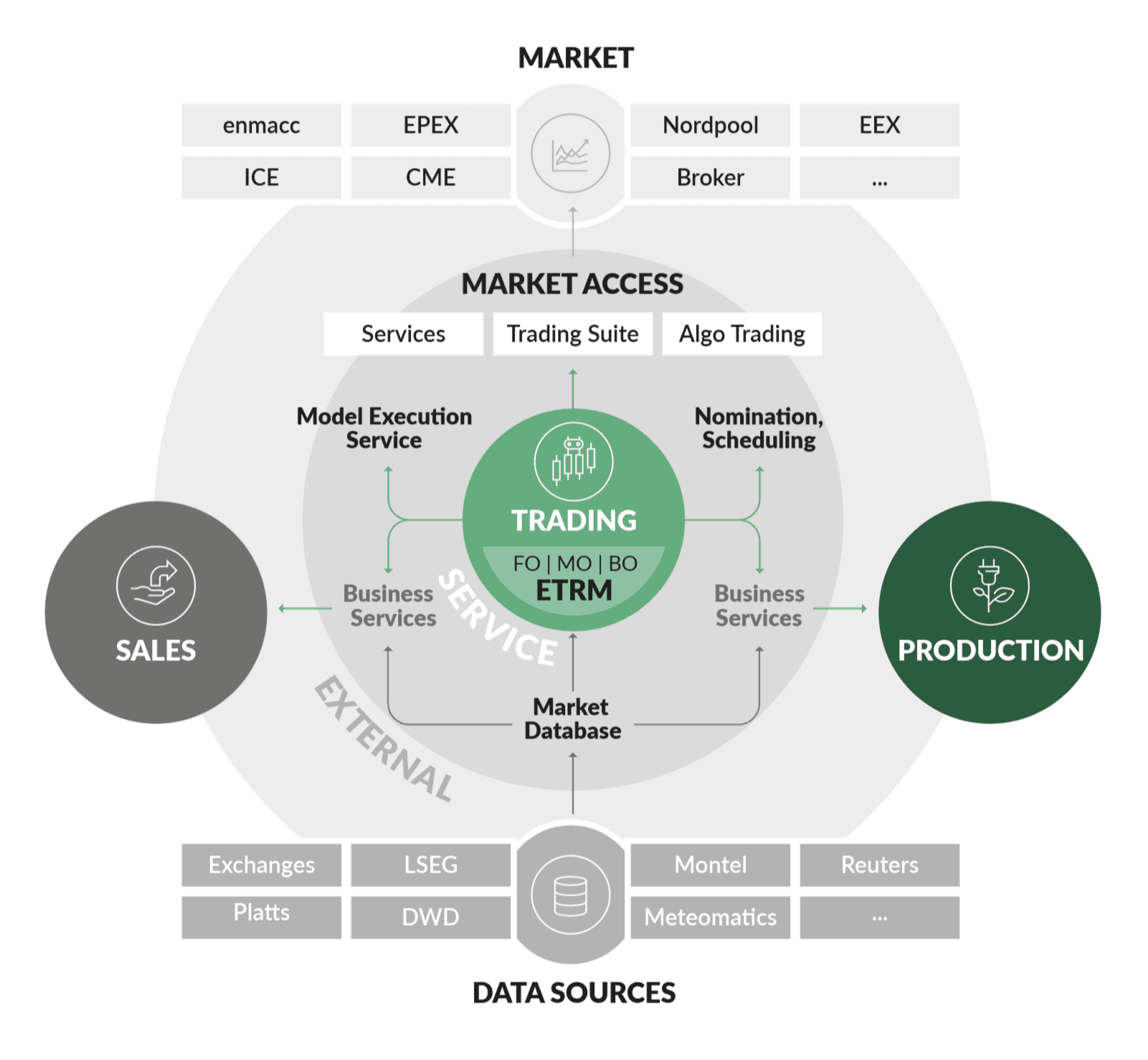
Schematic ETRM System Landscape: The trading organization and its ETRM system interacts with numerous services, data, and the market
Technology and architecture
Before considering any aspect of a future ETRM, key questions about technology and architecture must be answered. An adequate architectural design sets the foundation for a growing and capable landscape, with an ETRM as a central building block. Since technological choices cannot be changed frequently, the importance of the selected path becomes apparent.
The possible approaches an organization could take are multidimensional. Which role will the ETRM take in your future environment? The prominence can vary from being the major system in an ETRM-centric platform to establishing an extensive microservices architecture. The demands arising from each are on the opposite ends of the spectrum.
Microservice platform architectures are characterized by satellite-like systems and services around the ETRM, so changes can be implemented incrementally and according to immediate business priorities.
Opposingly, in an ETRM-centric approach, powerful ETRMs cluster the core capabilities across trading departments and utilize the optimized interoperability between the system’s functionalities. Flexibility is ensured by a thought-through interfacing concept for integrating new business cases, providing scalability throughout all functions.
Further, single- or multi-ETRM setups, cloud, on-premise, or SaaS, are considerations which have major implications on a sustainable and lasting system like an ETRM.
System selection
In recent years, the ETRM market has changed drastically. From monolithic to modular systems; from commodity specific to more general solutions, the variety is almost endless. More than ever, an efficient selection approach is key to finding the right fit.
Besides matching the functional and non-functional requirements of the current operations, you must consider ever-evolving business cases, especially given the rapid development of the industry. To match these criteria and select a system that perfectly integrates with the previously defined architecture and technology, it is important to follow these success factors:
- A clear pre-selection of systems, based on knockout criteria ▪ Thoroughly described use cases, reflecting the current and future business activities
- Clearly defined functional and non-functional requirements for each use case, covering all organizational departments ▪ Prioritization that reflects actual business needs
- Planning and clear communication, to orchestrate vendors equally through a tight evaluation process
- Knowledge about the capabilities and common shortcomings of ETRM systems
- A qualitative and quantitative approach, to allow an objective view on requirement coverage and integrate qualified preferences
Following a comprehensive selection approach, a well-informed decision can be taken in a short amount of time, while considering all relevant aspects.
Implementation
The journey towards a fully operational ETRM is determined by its implementation. While these projects are mostly associated with long durations and excessive costs, they hold many opportunities for your organization to distinguish itself from other market participants and gain a competitive edge.
Success factors include:
- Involving business throughout the whole design phase, to ensure a fit-for-purpose system for all use cases.
- Agreeing on core elements early, for a stable implementation basis (deal life cycle, deal templates, and more).
- Covering more than just functional tests. Build a regression set. Ensure performance with growing functionality and load.
- Defining a comprehensive, but efficient, migration plan early on, as the complexity of deal, market, and static data migration is often underestimated.
- Planning the cutover ahead and thoroughly. The impact on business operations must be minimized. ▪ Involving your operational team during the implementation, to avoid a huge handover volume right before your go-live.
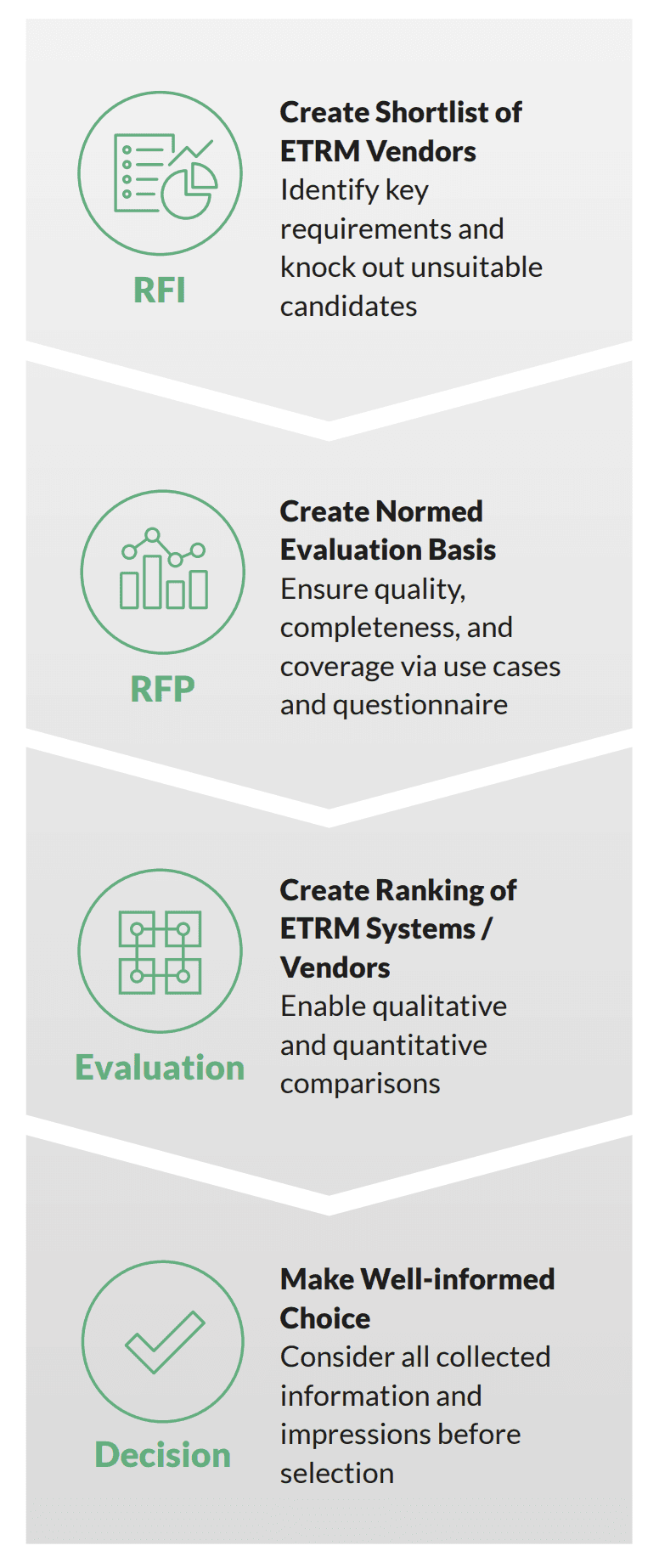
ETRM System Selection Approach: A comprehensive selection approach is indispensable for well-informed decision-making


